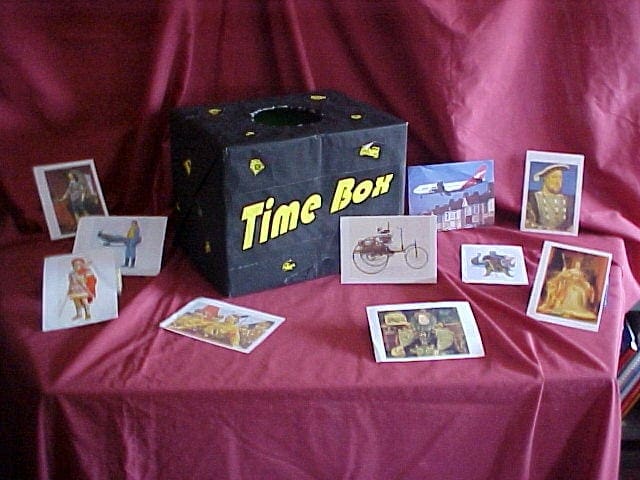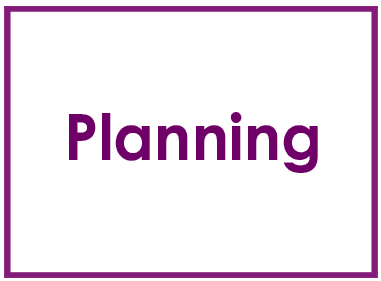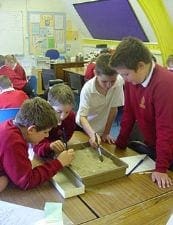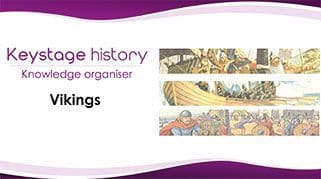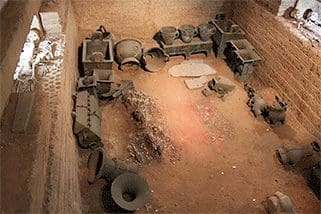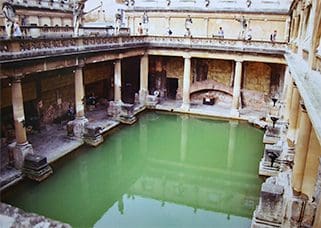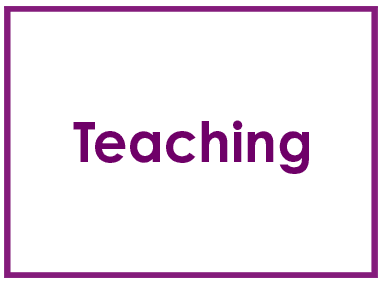
1. Understanding how it is possible to know about the past
Pupils show an understanding of how it is possible to know about the past, even though there is no one alive today who has experienced it.
2. Understanding that peoples’s claims about the past can be tested
They start to show an understanding of how people’s claims about what happened in the past can be tested. They can prove that statements are true by reference to evidence. They also grasp that the discovery of the truth requires imaginative reconstruction and interpretation.
3. Showing respect for evidence and concern for the truth
They show a respect for evidence, a concern for the truth and for valid argument, not mere assertion.
4. Awareness of multiple versions of the past
They begin to understand that there are multiple versions of the past, and are aware that the past is not simply ‘dead


